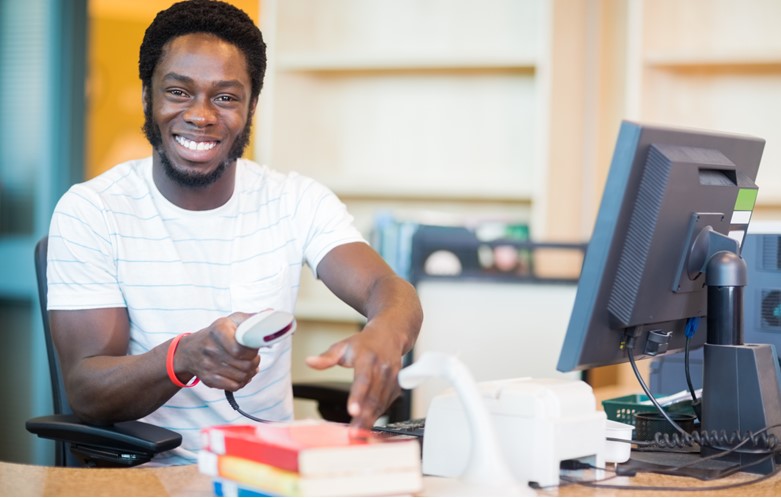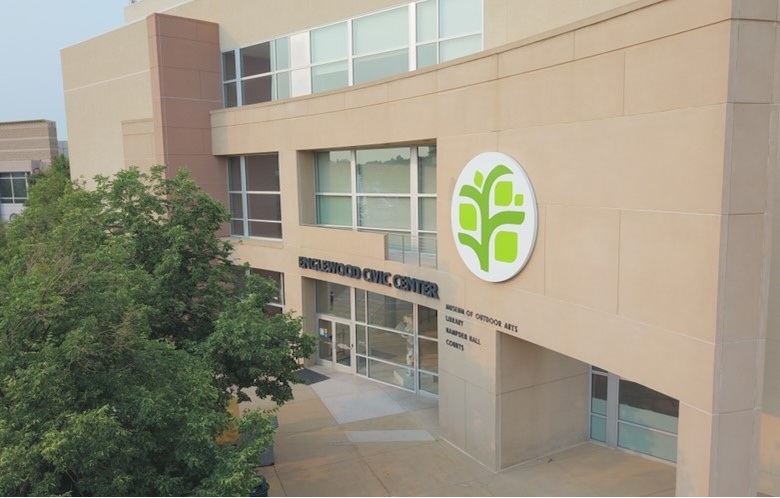If you’re new to community partnerships, you might feel adrift in a sea of possibilities. Which organizations would make good partners? Who do you contact? Where do you even start?
With 10 years of experience building relationships for Charlotte Mecklenburg Library, I’d like to share some strategies I've developed for identifying and connecting with potential library partners, from the obvious to those that are hiding in plain sight.
Step One: Start With What You Know
Begin by leveraging existing connections and looking at the organizations that are integral to your work. Reach out to your local school system(s), colleges and universities, and municipalities.
Next, look at what’s been done before. Even small collaborations from the past can provide insights. That local artist who displayed work in your lobby last year? They might connect you to the Arts Council. The parents who lobbied for sensory-friendly storytimes? They might lead you to family resource centers.
Your colleagues are also invaluable resources, especially branch managers and customer-facing staff members. Set up brief meetings with staff across departments to gather their suggestions.
As you meet and talk with folks, see if you can find colleagues or library users who have community ties that can open doors to partnerships. Ask for a “warm hand-off” in the form of an email introduction, quick online connection, or meeting for a cup of coffee. Don’t be afraid of saying that you’re new in your role and looking to learn more about your community. The best partners are passionate about their missions and the communities they serve and are usually happy to talk about them.
Step Two: Evaluate Your Community’s Assets and Gaps
After you've connected with people from various areas and pinpointed key community needs and interests, community asset mapping can help you find partners for impactful projects. Begin by listing important community anchors beyond your immediate network, such as:
- Educational institutions (like charter or private schools and community colleges)
- Faith communities
- Major employers and business associations
- Social service organizations
Dig deeper:
- Visit your Chamber of Commerce website and ask for a meeting to learn more about their goals.
- Identify neighborhood associations and community councils, especially those close to library branches.
- Review local foundation grant recipients for active community organizations, paying close attention to those that align with your library’s mission and vision.
- Use demographic data from sources like the Census Bureau or your local university to identify communities that might be underserved by your library. Organizations serving these populations often welcome library partnerships.
Look beyond traditional partners. Some of the most innovative library partnerships emerge from unexpected places:
- Healthcare providers, such as hospitals who offer health literacy workshops or mobile medical units to mental health organizations hosting support groups.
- Cooperative Extension and other environmental groups make great partners for seed libraries, sustainability programs, or outdoor education initiatives.
- Local businesses, not just for sponsorships but as partners in workforce development or entrepreneurship programs.
- Cultural organizations, especially those serving immigrant communities that may benefit from library resources.
- Senior centers: Partners for digital literacy, oral history projects, or intergenerational programming.
Remember that smaller organizations, informal groups, and individual community leaders can be just as valuable as established institutions.
Nothing replaces being present in the community. Attend neighborhood meetings, community forums, and local events — not to promote the library, but to listen and learn. Introduce yourself not as someone seeking partners but as someone interested in community needs.
Step Three: Evaluation and Record Keeping
Once you’ve made broad connections and understand your community’s ecosystem, it’s time to think about the best way to focus your energy and capacity. Not every organization makes a viable partner, and you must think about effort versus reward, especially when starting from scratch. Ask yourself:
- Does their mission complement ours?
- Do we have a clear action we can take together?
- Do both parties have the time and resources for meaningful collaboration?
- Can we identify clear, mutual benefits and shared goals?
The strongest partnerships are reciprocal and grow when both organizations gain value and contribute meaningfully.
Partnership development is an ongoing process. The potential partner who isn't ready today may become your strongest ally tomorrow. Be patient, persistent, and always focus on mutual benefit rather than what the library alone stands to gain. The most transformative partnerships often emerge where you least expect them, so keep your eyes and ears open and be receptive to possibilities that don't fit neatly into your initial expectations.
This guest blog post was written by Martha Yesowitch, MLIS, who is the Community Partnerships Manager at Charlotte Mecklenburg Library and an instructor for Learn with NoveList. She is reading One Death at a Time by Abbi Waxman.



